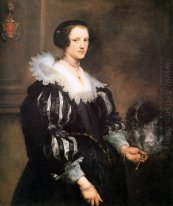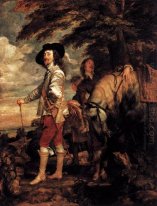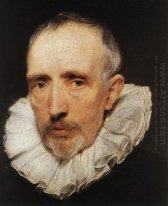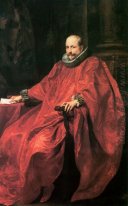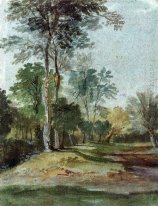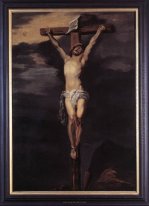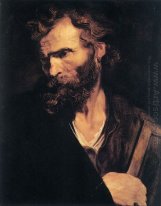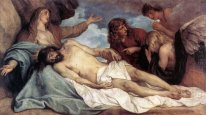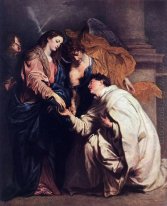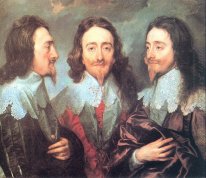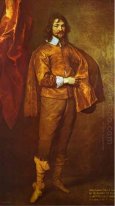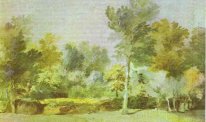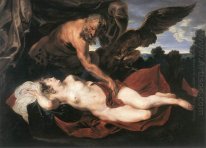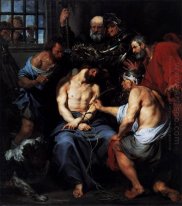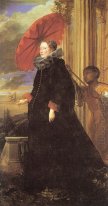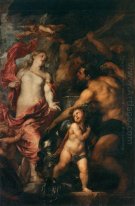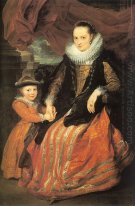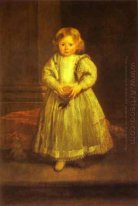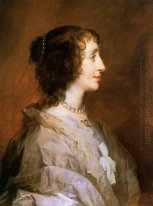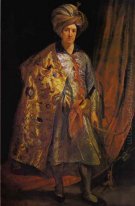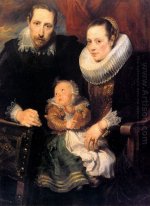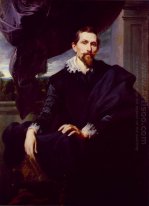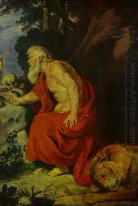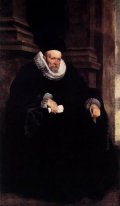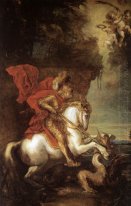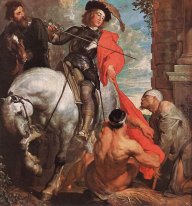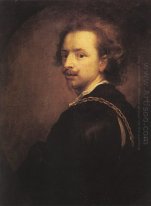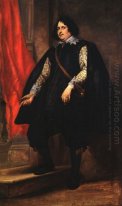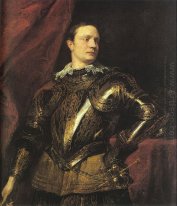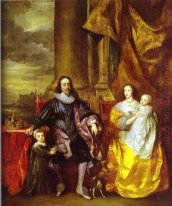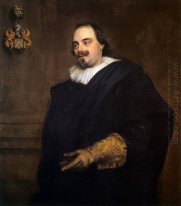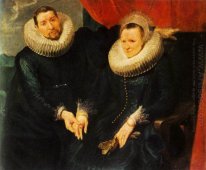Anthony van Dyck

Sir Anthony van Dyck was one of the greatest Flemish painters, apart from Rubens, who became the leading of the 17th century. He was a court painter of Charles I of England.
Born Anthonis van Dyck to a wealthy cloth merchant in Antwerp in 1599, this red haired boy went on to become the next big painter in the Western world. From an early age Anthony van Dyck showed a keen interest and promising talent in both painting and drawing and this was noted by his mother. She convinced his father to let him finish his schooling and serve as an apprentice under Hendrick van Balen in order to nurture his talent.
His mother's intuition paid off and van Dyck's career soon launched. Together with fellow artist and friend, Jan Brueghel the Younger, he opened a tiny, private studio and accepted various commissions from the local people of Antwerp. Word soon got round of this new, young artist and he was later accepted to the studio of Peter Paul Rubens. From then on, Anthony van Dyck was a recognized artist across Europe.
With Hendrick van Balen’s , by 1609, in his native Antwerp. He became an independent painter around 1615, setting up a workshop with his even younger friend Jan Brueghel the Younger. By the age of fifteen he was already a highly accomplished artist. He was admitted to the Antwerp painters' Guild of Saint Luke as a free master by February 1618.
Within a few years he was to be the chief assistant to the dominant master of Northern Europe, Peter Paul Rubens. Strictly speaking he should not be called Rubens's pupil, as he was an accomplished painter when he went to work for him. But his influence on the young artist was immense. Rubens referred to the nineteen-year-old van Dyck as 'the best of my pupils'. Nevertheless the two years he spent with Rubens were decisive and Rubens's influence upon his painting is unmistakable, although van Dyck's style was always less energetic.
In 1620 van Dyck went to London, where he spent a few months in the service of James I (1566-1625), then in 1621 to Italy, where he traveled, and toned down the Flemish robustness of his early pictures to create the refined and elegant style which remained characteristic of his work for the rest of his life. His great series of Baroque portraits of the Genoese aristocracy established the `immortal' type of nobleman, with proud mien and slender figure. The years 1628-32 were spent mainly at Antwerp.
In April 1632, van Dyck was taken under the wing of the court, being knighted in July and at the same time receiving a pension of £200 per year, in the grant of which he was described as "principalle Paynter" in ordinary to their majesties. From 1632 until his death he was in England, except for visits to the Continent as painter to Charles I.
He was an immediate success in England, rapidly painting a large number of portraits. During these years he was occupied almost entirely with portraits. He painted with a relaxed elegance that was to be the dominant influence on English portrait-painting for the next 150 years. He also painted biblical and mythological subjects, displayed outstanding facility as a draftsman, and was an important innovator in watercolor and etching.








